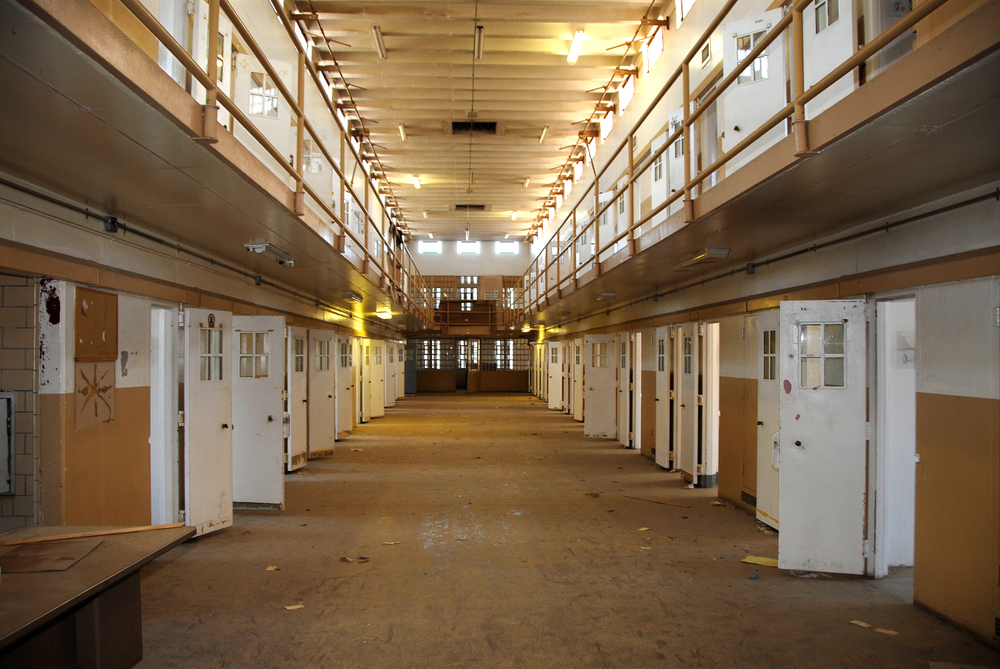![]() This year has been one of the most transformative years in history for New York’s juvenile justice system. Just a month after one of New York’s most groundbreaking juvenile justice reforms, Raise the Age, became a reality, New York City took a wrecking ball to the decades-old Spofford Juvenile Detention Centers in the Bronx.
This year has been one of the most transformative years in history for New York’s juvenile justice system. Just a month after one of New York’s most groundbreaking juvenile justice reforms, Raise the Age, became a reality, New York City took a wrecking ball to the decades-old Spofford Juvenile Detention Centers in the Bronx.
For too long, Spofford served as a symbol of misguided approaches to juvenile delinquency. The demolition of Spofford along with the implementation of Raise the Age means a sea change for New York City’s juvenile justice system. But make no mistake, for many years now New York City’s Administration for Children’s Services (ACS) has been chipping away at an antiquated juvenile justice system and sculpting it into one that is more focused on reducing overall youth detention admissions all while supporting families and communities.

Felipe Franco
Spofford’s demolition and the implementation of Raise the Age coincide with a historic drop in the number of young people admitted to juvenile detention, a drop that didn’t happen overnight. From 2009 to 2018, New York City experienced a 70 percent decline in the number of youth admitted to detention centers. On any given day in fiscal year 2009, there were approximately 430 youth in detention. That’s a stark contrast to June of this year when there were fewer than 80 youth detained in New York City. And, in that same period of time, New York City saw a 70 percent plunge in youth arrests, suggesting a decrease in overall crime committed by teens.
How we did it
So, how have we accomplished this feat? Over the past 10 years, the city has made the safe reduction of detention a priority. In 2016, with guidance from the New York City Department of Probation, ACS rolled out a more robust implementation of the Detention Risk Assessment Instrument (DRAI), a statistically validated tool designed to ensure that only young people who pose the greatest risk of either failing to appear in court or committing another offense are remanded to detention.
And, this past October, New York City Courts implemented evening arraignment, permitting arrested young people to be seen by a judge at night, thereby increasing the chance for them to be safely reunited with their families as soon as possible. And, if a young person scores low on the DRAI, and their family is not available, ACS transports the youth to a nonprofit contracted non-secure detention facility, a less restrictive detention setting that offers a supportive homelike environment. Most of these youth are likely to be released from court within days.
Not surprisingly, the decline in youth detention admissions is resulting in a safer city, all while increasing the opportunities for youth to succeed in a life away from crime. According to the Pew Charitable Trusts, when looking at national trends, juvenile incarceration fell by half in the past decade and juvenile violent crime fell in parallel. This should serve as a powerful reminder that localities should be doing more to focus on the positive outcomes of our young people.
Molding the juvenile justice system into one that does less harm requires a multipronged approach. All together, the implementation of Raise the Age, the demolition of Spofford, along with the historic drop in youth detention admissions, has been a quantum leap forward — not just for at-risk youth in New York City — but for the public safety of all.
Felipe Franco is deputy commissioner of the Division of Youth and Family Justice of the New York City Administration for Children’s Services and oversees programs to prevent delinquency, detention and placement in close to home programs and aftercare. He is an Annie E. Casey Foundation Children and Families Fellow who has 20-plus years of experience developing and administering effective child welfare, juvenile justice and youth and family programs.

Awesome article! 💕💕💕
Great work.
Great work. One lesson for other jurisdictions is to note that no single administration can take full claim for doing this: a succession of diligent stewardship over many administrations going back to the establishment of ACS has set the tone for deliberate and intelligent action. Congratulations to all of you for this important work, and keep it up. Merry Christmas, Felipe.
Great achievement for the city, one that should be fallowed by others.
One step can create the momentum to change the world.
Yes!! Great work!!